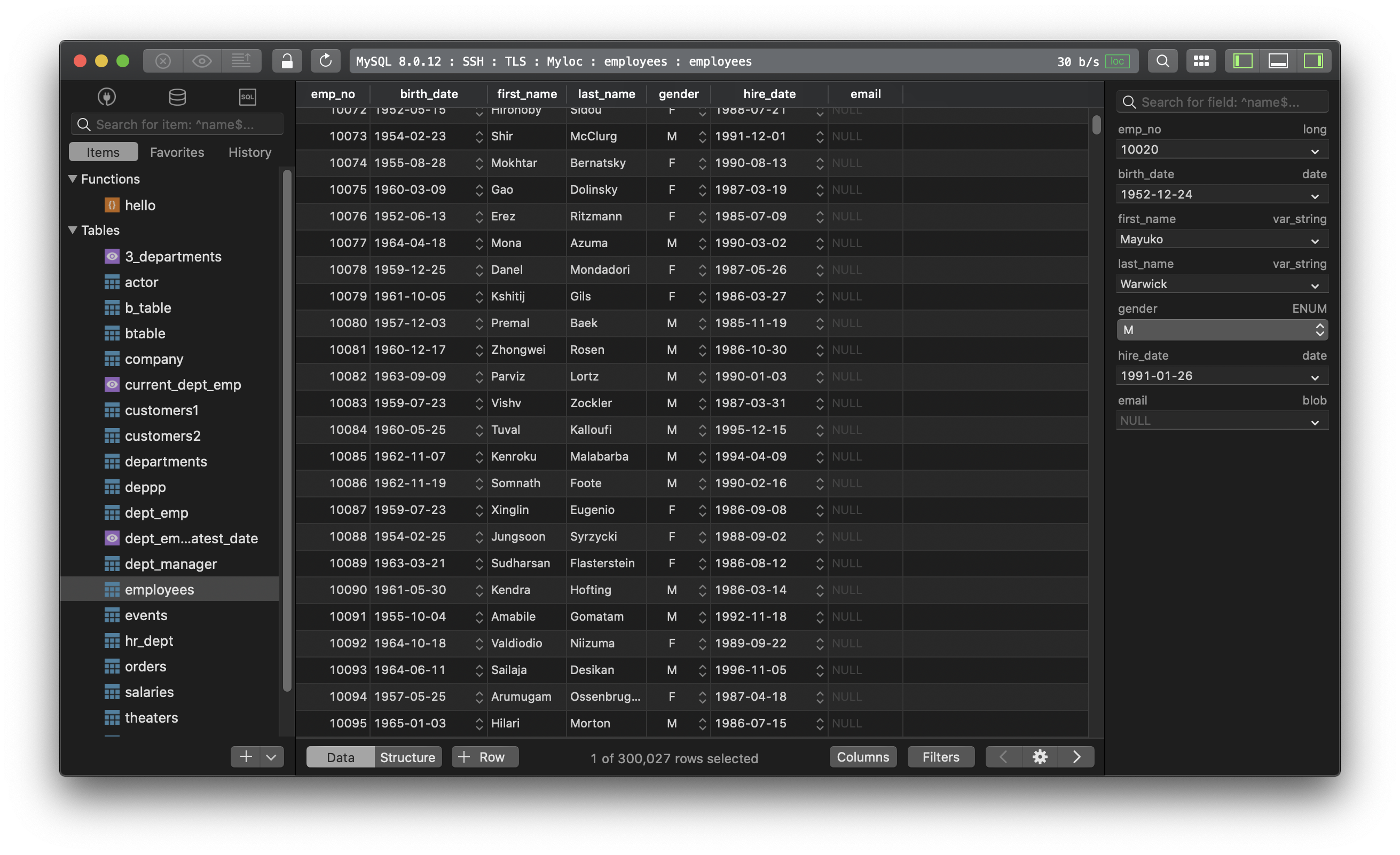MariaDB vs MySQL? Are there any differences?
In this post, we are going to differentiate two relational database management systems, MySQL vs its forked version, MariaDB.
1. Popularity
MySQL is the most popular open source relational database management system. It has been widely used by various enterprises around the world such as Facebook, Github, Youtube, Twitter, Paypal, etc.
In a fair comparison, MariaDB is far less popular than MySQL. Even though MariaDB has a respectful list of customers who are using their database as their core data infrastructure.
2. Features
Because MariaDB is a fork of MySQL, built by the original team of MySQL, they are pretty much similar in term of core features. So we are not going to list out all the available features, but focus on the differences instead:
- Authentication: From the new update 8.0, MySQL uses caching_sha2_password as the default authentication method to improve database security, while MariaDB doesn’t.
- Datatype: Currently, MySQL supports native JSON datatype while MariaDB doesn’t. It supports an alias for JSON instead, which is a LONGTEXT column.
- Key Management: MariaDB offers AWS key management plugin while MySQL only offers key management plugins in the enterprise version.
- Encryption: MariaDB offers binary log and temporary table encryption while MySQL doesn’t.
- Hidden column: MariaDB has this feature that allows you to create an invisible column. This column will not be affected by the general SELECT or INSERT value statement unless its name is mentioned specifically.
3. Performance
It’s a common belief that MariaDB is faster than MySQL due to its enhanced query optimizer and performance capabilities. Certain benchmarks show that MariaDB is radically faster than MySQL. This is not always true as it’s case-dependent, but in most cases, MariaDB is faster than MySQL.
4. DB engines
- MySQL 8.0 supported storage engines: InnoDB, MyISAM, Memory, CSV, Archive, Blackhole, Merge, Federated, Example.
- MariaDB supports a lot more storage engines than that: XtraDB, InnoDB, MariaDB ColumnStore, Aria, Archive, Blackhole, Cassandra Storage Engine, Connect, CSV, FederatedX, Memory storage engine, Merge, Mroonga, MyISAM, MyRocks, QQGraph, Sequence Storage Engine, SphinxSE, Spider, TokuDB.
5. Open source modules
MariaDB is fully open source. All development decisions can be reviewed and debated on a public mailing list or in the public bug tracker.
On the other hand, MySQL is open source but under control of Oracle. Most of the contributors now are of Oracle, and the major part of the development is not open for public discussion.
MariaDB does not have closed source modules like the ones that can be found in MySQL Enterprise Edition. In fact, all the closed source features in MySQL Enterprise Edition can be found in MariaDB open source version.
So which database is for you?
It’s just the matter of opinion, which one you feel more comfortable with?
As we can see from the comparison above, the difference between MariaDB and MySQL is not big. Then it comes down to the question, do you feel comfortable with using a newer and more open database software like MariaDB or would you prefer to stick with a more well-known solution with corporate direction like MySQL of Oracle.
Need a good GUI Tool for MySQL or MariaDB? Try TablePlus. It’s is a modern, native GUI that allows you to simultaneously manage multiple databases such as MySQL, MariaDB, PostgreSQL, SQLite, Microsoft SQL Server… faster and easier.
Not on Mac? Download TablePlus for Windows.
On Linux? Download TablePlus for Linux
Need a quick edit on the go? Download TablePlus for iOS.
